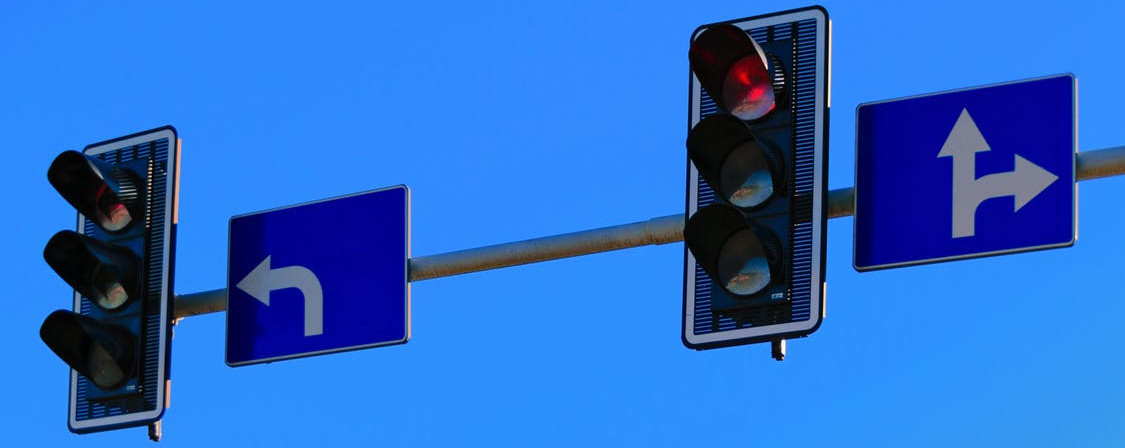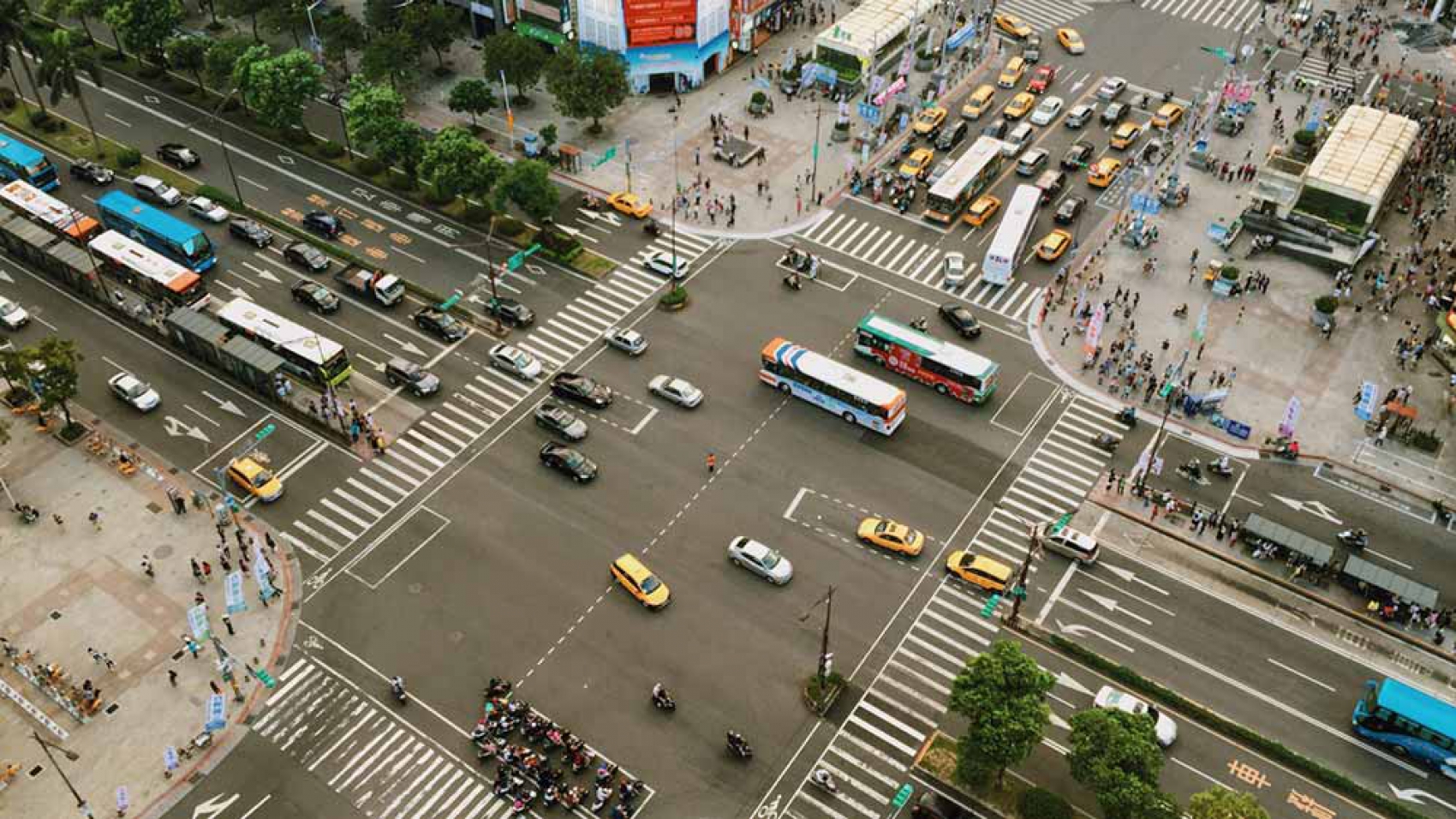Improving the Intersection
Look both ways before crossing – we all learn this when we’re young and pass it on to our children when they start going out in the world. The traffic signal and crosswalk are fundamental pieces in creating and encouraging orderly interactions between motorists and pedestrians – and as safe as they are, there’s always room for improvement.
In this article we’ll give a brief history of the intersection, talk about some safety problems it faces, and demonstrate a solution that’s already showing massive results.
Intersections Are an Evolving Technology
Road intersections have been a part of society for thousands of years, yet traffic signals and crosswalks were introduced less than a hundred years ago.
While most would assume that the introduction of these came with the invention of the automobile, they were actually introduced a bit before cars rolled off the assembly line. It is believed that the first ticket for running a red light was issued just minutes after the first traffic light was turned on.

It should be a no brainer that vehicles should stop at red lights and pedestrians keep to crosswalks. However, that idea gets mixed-up when we see motorcycles or scooters cutting corners by using crosswalks and also when pedestrians start to cross before they get the green light.
However ubiquitous traffic violations are in today’s dense urban environments, it still begs the question – what are their root causes? Is it a failure of urban design to integrate traffic flow, a lack of law enforcement, poor dissemination of road rules, impatient or inconsiderate drivers, or a combination of these?
Cities Need Smarter Solutions
With budget constraints and limited staff on hand to cover their thousands of intersections, cities world-wide need out of the box solutions to improve traveler safety and remind everyone that traffic laws are in place for good reason.
Enter the Smart City
We see news about them nearly every day, but what is a Smart City? Simply put, a Smart City uses different types of IoT devices and technologies to collect data and then use insights from that data to manage assets, resources, and services more efficiently than had they not been implemented. It follows that the room for improvement on systems currently in place is incredibly broad and deserves further classification and a closer look as well as a re-think of those systems.
These IoT sensors and data gathering devices we talk about in regards to the smart city almost always fall into the category of edge devices and some of these perform some of the actual work involved in processing the data gathered.
A Place for Video Analytics and Edge AI
Edge AI, when applied to video data, can turn the unstructured data into actionable and understandable information. Considering systems that might be able to benefit from the application of Smart City concepts, let’s look at our earlier example from the top – the traffic intersection.

Creating A Smart Intersection
How much would it cost and would it even be possible to have a traffic officer at each intersection, 24/7, and have them log each traffic violation with information like time of day, license plate number, and vehicle make & color? And also have them raise a sign with driver info and a warning each time it happened, and report it all back to HQ as each infraction occurred?
The answer here is obvious, it would take an entire team with specific skills to accomplish this for all intersections and to achieve 24/7 coverage. This is the definition of a fool’s errand. It’s impossible to achieve this with only ‘feet on the ground’.
Now let’s consider a case in which we use video cameras with AI to do all of this. It not only seems attainable, but also very cost efficient.

Proving the Edge AI Concept
In a recently published case about how video analytics and edge AI have drastically improved intersection safety and decreased infractions, solution deployment and use proved to deliver a 900% increase in identifying traffic infractions at an intersection in Taiwan – click the button below for the full story:
It’s important to note that this was all accomplished with existing and available technologies – the future is truly here and is helping law enforcement and overall safety in many public settings.
The Smart City Roll-Out
With more interest in creating new systems and updating older ones to curb traffic violations and increase public safety, companies like Gorilla, which have solutions that can deploy today and also make budget minded sense are poised to take the market lead as cities across the globe continue to roll out solutions.
Thoughts and Further Reading
The instruction to look both ways before crossing should never stop being taught, but we can now cross our streets more confidently with continued improvements in public safety using edge AI solutions to build up Smart City solutions.
To read more about edge AI, click here
For more info on Smart City solutions, click here
You’re also very welcome to contact us at anytime here: Contact Us
If you liked this article, why not share it or leave a comment below? We love conversation and talking about our tech!

